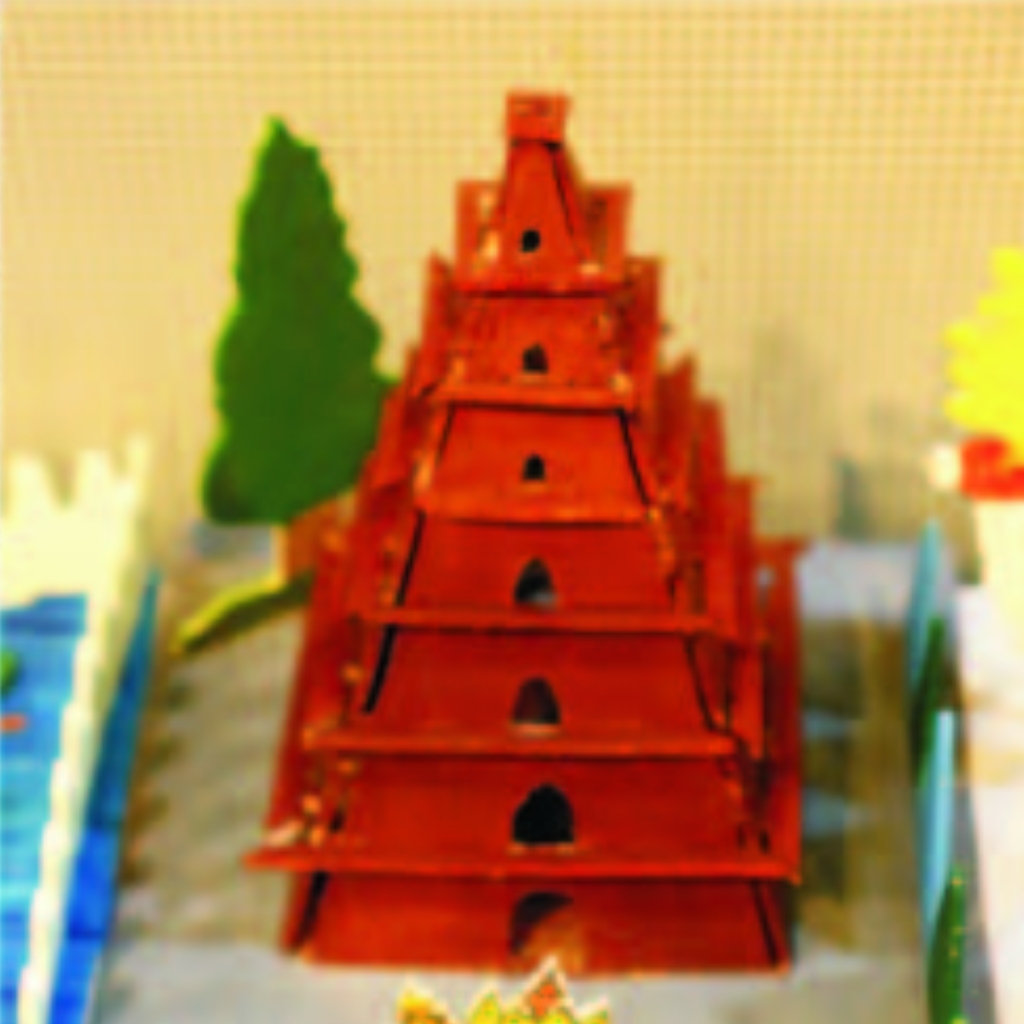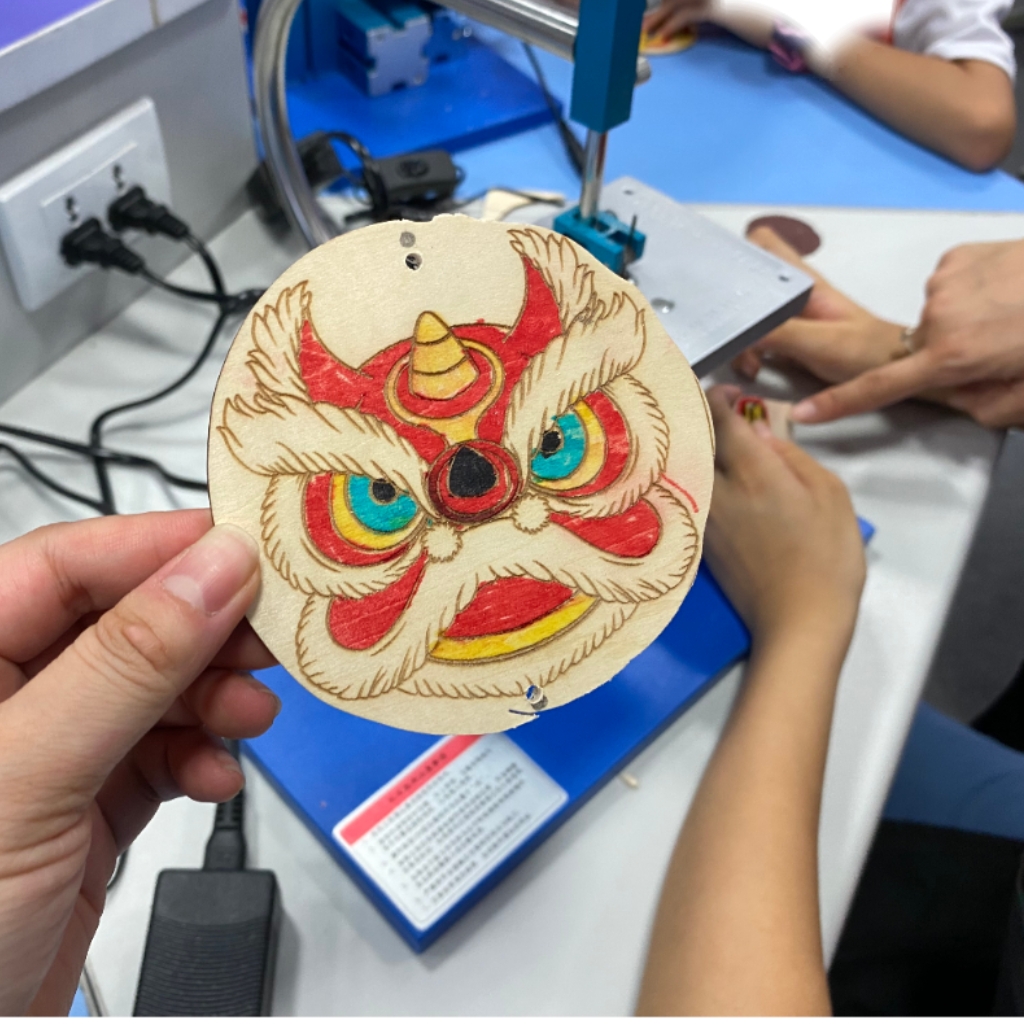Blog
Xendoll has 22 years of experience in the production of small machine tools. We will help you choose the suitable machine and share our experience in CNC machining with you.
 Jun 12, 2025
Jun 12, 2025

 741
741
The dream of building your own small lathe for minimal cost is compelling. However, focusing solely on the initial cash outlay is misleading. The true cheapest path considers the total investment: money, time, tooling, safety, frustration, and the resulting machine's capability. Let's explore the options to find the most cost-effective route for DIY enthusiasts.
I. The Scratch-Build Illusion (Low Cash, High Hidden Cost)
Building entirely from scratch using scrap or salvaged parts seems the ultimate budget win.
The Allure: Potential for very low immediate cash expenditure by sourcing free/cheap materials like old motors, scrap metal, and discarded bearings.
The Hidden Costs:
Massive Time Sink: Designing, sourcing parts, and fabricating components without existing tools consumes hundreds of hours.
Significant Tooling Needs: Requires welding gear, metal cutting tools, precision measuring instruments, and often a drill press or mill before starting.
Precision & Safety Risks: Achieving necessary rigidity, alignment, and true running is extremely difficult. Results often include vibration, poor finish, limited capability, and significant safety hazards from component failure or poor construction.
Limited Performance: Struggles with anything beyond soft materials or very light cuts.
Verdict: While potentially low in immediate cash, the enormous time commitment, prerequisite tooling, high safety risks, and poor performance make this the highest total cost option. It's rarely genuinely cheap or practical.

II. The Kit Compromise (Moderate Cash, Better Balance)
Purchasing a kit of precision components (bed, headstock, tailstock, carriage) and building the frame/drive yourself offers a middle path.
Advantages Over Scratch-Building:
Guaranteed Precision: Critical components are manufactured to tolerance, solving alignment and running issues.
Time Savings: Eliminates designing and sourcing complex parts.
Improved Safety & Rigidity: Designed components work together safely; the provided bed offers inherent stability.
Actual Capability: Enables real metalworking with proper speeds and rigidity.
Support & Upgrades: Often includes instructions and potential for future enhancements.
The Costs:
Kit Investment: Requires a significant upfront cash investment for the core precision parts.
Frame & Drive: Still need to build a sturdy stand and source a motor, pulleys, belts, and controller.
Assembly Skill/Time: Proper assembly is critical and takes considerable effort (tens of hours).
Verdict: Kits offer a much better balance than scratch-building. The guaranteed precision justifies the investment. Total cost (money + time + result) is generally lower, making it a viable path for a functional, safe lathe.
III. The Smart "DIY" Choice: Pre-Built Value (Optimal Total Cost)
Starting with an affordable, mass-produced benchtop mini-lathe redefines "cheap DIY" by maximizing value and minimizing hidden costs.
Why This is Often the Real Winner:
Tooling Up: Acquiring chucks, tools, measuring equipment.
Upgrading & Modding: Enhancing bearings, drives, adding DROs – a huge and rewarding community aspect.
Actual Machining Projects: Building things is the ultimate goal!
Unmatched Value: Mass production achieves economies of scale impossible for DIYers. A complete, ready-to-run lathe often represents incredible value compared to sourcing equivalent parts individually.
Immediate Capability: Unbox, mount, and start machining in hours – zero time spent on core machine fabrication.
Guaranteed Precision & Safety: Factory-built to standards with inherent rigidity and alignment. Includes essential safety features.
Warranty & Support: Protection and access to spare parts.
DIY Focus Shifts Productively: Channel your energy into:
Time is Money Saved: Frees up hundreds of hours for creation, not struggle.
Verdict: For those valuing time, safety, and desiring a capable machine immediately, a quality pre-built mini-lathe is overwhelmingly the truly cheapest "DIY" path. The massive savings in time, elimination of fabrication headaches, guaranteed performance, and safety make the initial investment highly cost-effective. It lets you focus DIY passion on productive machining and improvements.

Conclusion: Cheap is About Value, Not Just Initial Cash
Finding the cheapest DIY lathe means looking beyond the first dollar spent. True cost includes time, tooling, risk, frustration, and the machine's real capability.
Scratch-building has high hidden costs and poor results. Rarely genuinely cheap.
Kits offer a better balance but still require significant investment and effort.
Starting with a Pre-Built Mini-Lathe delivers the best overall value, safety, and immediate capability, freeing you to pursue real DIY projects. It’s the smartest, most cost-effective foundation for most hobbyists and makers.
Ready to start turning your ideas into reality? Explore Xendoll's range of precision, affordable benchtop mini-lathes – the truly smart foundation for your DIY machining journey. Discover the value and unlock your potential faster: Visit xendolltools.com today!



 Show all our samples
Show all our samples
 Provide you with a free quote
Provide you with a free quote
 Answer all the questions you may have
Answer all the questions you may have
 Guided installation and other options
Guided installation and other options